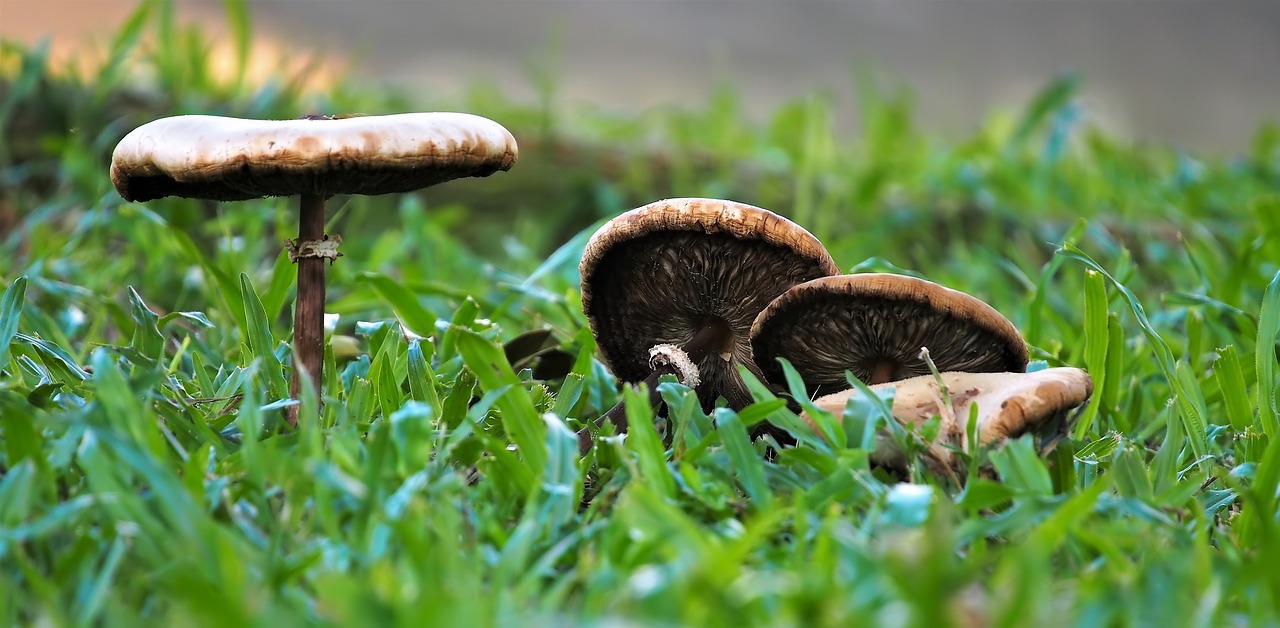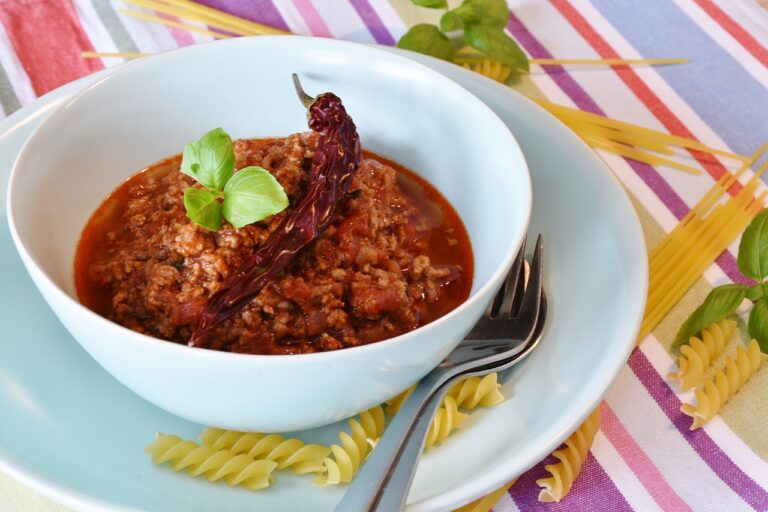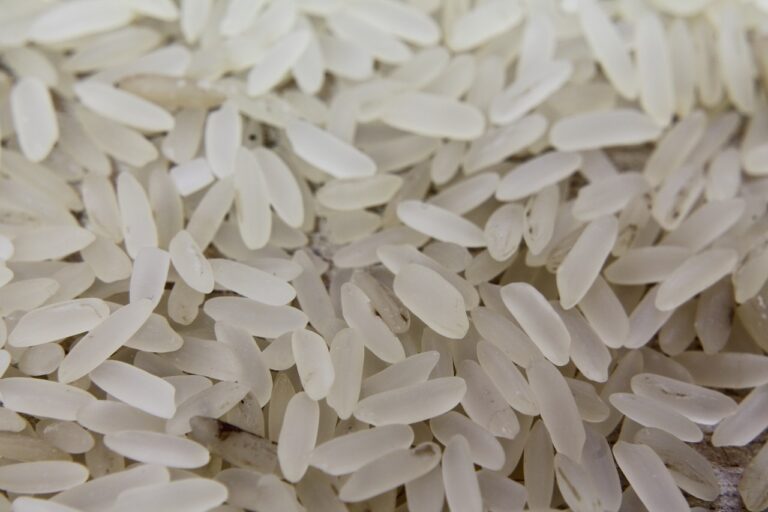The Benefits of Using High-Fiber Fruits in Jam Production: Laser 247 new id, Lotus365win, Sky247 com login password
laser 247 new id, lotus365win, sky247 com login password: High-fiber fruits are an essential ingredient in jam production, offering various benefits that contribute to the overall quality and appeal of the final product. From enhancing flavor and texture to improving nutritional value, high-fiber fruits play a crucial role in creating delicious and healthy jams that consumers love. In this blog post, we’ll explore the numerous advantages of using high-fiber fruits in jam production and why they should be a staple in any jam-making process.
Increased Nutritional Value
One of the primary benefits of using high-fiber fruits in jam production is the increased nutritional value they provide. Fiber is an essential nutrient that supports digestive health, helps regulate blood sugar levels, and promotes satiety. By incorporating high-fiber fruits into jam recipes, producers can create a product that not only tastes great but also offers various health benefits to consumers. Additionally, high-fiber fruits are rich in vitamins, minerals, and antioxidants, further enhancing the nutritional profile of the jam.
Enhanced Flavor and Texture
High-fiber fruits add depth and complexity to the flavor profile of jams, making them more vibrant and delicious. Fruits like berries, apples, and pears are popular choices for jam production due to their natural sweetness and robust flavors. The fiber content in these fruits helps thicken the jam and create a rich, velvety texture that spreads easily on toast or pastries. By using high-fiber fruits, producers can achieve a well-balanced jam that is both flavorful and satisfying.
Extended Shelf Life
Fiber plays a crucial role in preserving the freshness and quality of jams by acting as a natural preservative. The soluble fiber found in fruits helps absorb excess moisture in the jam, preventing mold growth and spoilage. This extends the shelf life of the product, allowing consumers to enjoy their favorite jams for a more extended period. Additionally, high-fiber fruits contain natural sugars that help balance the acidity in jams, further improving their stability and longevity.
Improved Digestive Health
Consuming high-fiber fruits in jams can have a positive impact on digestive health due to their fiber content. Fiber promotes healthy digestion by adding bulk to the stool, preventing constipation, and supporting regular bowel movements. Incorporating high-fiber fruits into jam recipes can help consumers increase their fiber intake and improve overall gut health. This is especially beneficial for individuals looking to incorporate more fiber into their diet without sacrificing taste or quality.
Versatility in Recipes
High-fiber fruits offer versatility in jam recipes, allowing producers to experiment with different flavor combinations and textures. From classic strawberry and blueberry jams to more unique options like fig and ginger or cranberry orange, the possibilities are endless when it comes to using high-fiber fruits in jam production. Producers can create a wide range of jams to cater to various tastes and preferences, making their products more appealing to a broader audience. Additionally, high-fiber fruits can be combined with other ingredients like spices, herbs, and nuts to create innovative and exciting jam flavors.
Promotion of Sustainable Agriculture
Using high-fiber fruits in jam production can also contribute to sustainable agriculture practices that benefit the environment and support local farmers. High-fiber fruits are typically grown using fewer pesticides and chemicals, making them a more environmentally friendly option compared to conventional fruits. By sourcing high-fiber fruits from local farmers and producers, jam makers can support small-scale agriculture and reduce the carbon footprint of their products. This not only promotes sustainable farming practices but also ensures the quality and freshness of the fruits used in jam production.
In conclusion, the benefits of using high-fiber fruits in jam production are undeniable. From increased nutritional value and enhanced flavor to improved digestive health and sustainability, high-fiber fruits enhance the quality and appeal of jams in numerous ways. By incorporating these fruits into their recipes, producers can create delicious and healthy jams that consumers love. So the next time you reach for a jar of jam, consider choosing one made with high-fiber fruits for a more nutritious and satisfying experience.
FAQs
1. Can I use frozen high-fiber fruits in jam production?
Yes, frozen high-fiber fruits can be used in jam production. Make sure to thaw the fruits before adding them to the jam recipe to achieve the desired texture and flavor.
2. Are high-fiber fruits more expensive than other fruits?
The cost of high-fiber fruits may vary depending on the season and availability. While some high-fiber fruits may be more expensive than others, they offer numerous health benefits and enhance the quality of jams.
3. How long can jams made with high-fiber fruits last?
Jams made with high-fiber fruits can last for several months when stored in a cool, dark place. It is essential to follow proper canning and storage procedures to ensure the jams remain fresh and delicious.
4. Can I mix high-fiber fruits with low-fiber fruits in jam production?
Yes, you can mix high-fiber fruits with low-fiber fruits to create unique flavor combinations and textures. Experimenting with different fruit combinations can lead to delicious and exciting jam recipes.







